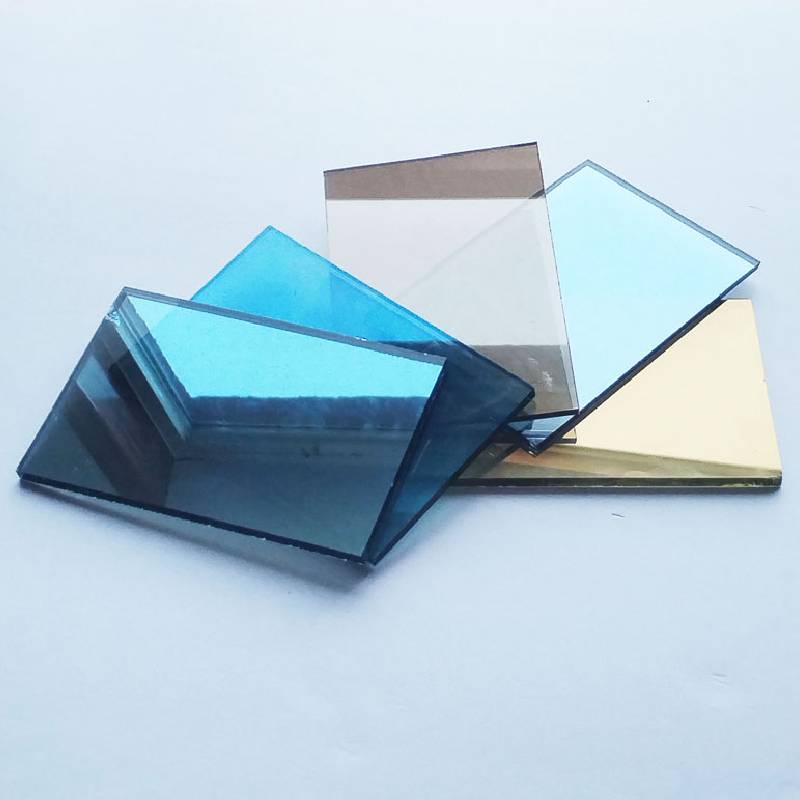The process of making tempered glass is a fascinating journey involving high temperatures and rapid cooling that enhances the glass's strength and thermal resistance. Tempered glass, often used in buildings, vehicles, and various applications, is typically produced from standard glass, which undergoes significant transformation to achieve its robust properties.
The manufacturing process begins with the selection of high-quality raw materials, primarily silica sand, soda ash, and limestone. These materials are carefully mixed and heated in a furnace at temperatures exceeding 1,700 degrees Fahrenheit (about 925 degrees Celsius). This high-temperature environment melts the materials, creating a homogeneous molten glass.
Once the glass reaches the desired viscosity, it is shaped into sheets using various techniques, such as floating, rolling, or blowing. The float glass process is the most common method; it involves pouring molten glass onto a bed of molten tin, allowing it to spread and create a smooth, flat surface. After cooling slightly, the sheets are then cut into specific dimensions.
The next crucial step is the tempering process, which is what differentiates tempered glass from regular glass. The cut sheets are loaded into a tempering furnace, where they are reheated to temperatures between 1,200 to 1,400 degrees Fahrenheit (about 650 to 750 degrees Celsius). This heating phase is critical as it prepares the glass for the subsequent rapid cooling.
process of making tempered glass
Once heated, the glass is swiftly cooled in a controlled manner using high-velocity air jets. This quenching process solidifies the surface of the glass while the interior remains hot, creating a state of compression on the outer surfaces. This differential cooling causes the glass to increase in strength, making it five to six times stronger than untreated glass. Additionally, tempered glass is designed to shatter into small, blunt pieces when broken, minimizing the risk of injury compared to regular glass, which can shatter into sharp shards.
After the tempering process, the glass is inspected for quality, ensuring there are no defects that could compromise its strength or clarity. This quality control is vital for meeting safety standards and customer expectations.
Tempered glass is widely used in various applications, including shower doors, glass doors, storefronts, and car windows, due to its impressive durability. The combination of high strength, thermal resistance, and safety makes tempered glass a preferred choice in modern construction and design.
In conclusion, the process of making tempered glass is a meticulous and technologically advanced procedure that transforms ordinary glass into a material of remarkable strength and safety, essential for contemporary architectural and industrial applications.
 Afrikaans
Afrikaans  Albanian
Albanian  Amharic
Amharic  Arabic
Arabic  Armenian
Armenian  Azerbaijani
Azerbaijani  Basque
Basque  Belarusian
Belarusian  Bengali
Bengali  Bosnian
Bosnian  Bulgarian
Bulgarian  Catalan
Catalan  Cebuano
Cebuano  Corsican
Corsican  Croatian
Croatian  Czech
Czech  Danish
Danish  Dutch
Dutch  English
English  Esperanto
Esperanto  Estonian
Estonian  Finnish
Finnish  French
French  Frisian
Frisian  Galician
Galician  Georgian
Georgian  German
German  Greek
Greek  Gujarati
Gujarati  Haitian Creole
Haitian Creole  hausa
hausa  hawaiian
hawaiian  Hebrew
Hebrew  Hindi
Hindi  Miao
Miao  Hungarian
Hungarian  Icelandic
Icelandic  igbo
igbo  Indonesian
Indonesian  irish
irish  Italian
Italian  Japanese
Japanese  Javanese
Javanese  Kannada
Kannada  kazakh
kazakh  Khmer
Khmer  Rwandese
Rwandese  Korean
Korean  Kurdish
Kurdish  Kyrgyz
Kyrgyz  Lao
Lao  Latin
Latin  Latvian
Latvian  Lithuanian
Lithuanian  Luxembourgish
Luxembourgish  Macedonian
Macedonian  Malgashi
Malgashi  Malay
Malay  Malayalam
Malayalam  Maltese
Maltese  Maori
Maori  Marathi
Marathi  Mongolian
Mongolian  Myanmar
Myanmar  Nepali
Nepali  Norwegian
Norwegian  Norwegian
Norwegian  Occitan
Occitan  Pashto
Pashto  Persian
Persian  Polish
Polish  Portuguese
Portuguese  Punjabi
Punjabi  Romanian
Romanian  Russian
Russian  Samoan
Samoan  Scottish Gaelic
Scottish Gaelic  Serbian
Serbian  Sesotho
Sesotho  Shona
Shona  Sindhi
Sindhi  Sinhala
Sinhala  Slovak
Slovak  Slovenian
Slovenian  Somali
Somali  Spanish
Spanish  Sundanese
Sundanese  Swahili
Swahili  Swedish
Swedish  Tagalog
Tagalog  Tajik
Tajik  Tamil
Tamil  Tatar
Tatar  Telugu
Telugu  Thai
Thai  Turkish
Turkish  Turkmen
Turkmen  Ukrainian
Ukrainian  Urdu
Urdu  Uighur
Uighur  Uzbek
Uzbek  Vietnamese
Vietnamese  Welsh
Welsh  Bantu
Bantu  Yiddish
Yiddish  Yoruba
Yoruba  Zulu
Zulu 

